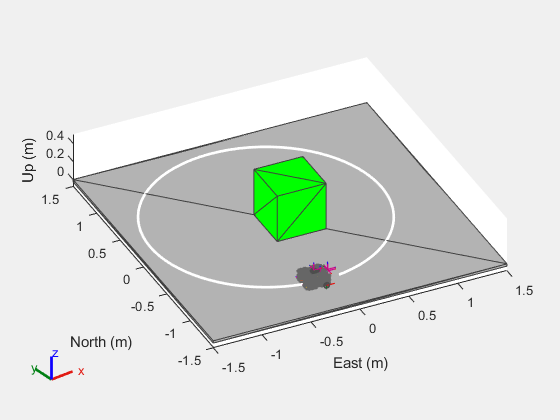show3D
Syntax
Description
[
visualizes latest states of the platforms and sensors in the robot scenario scene along with
all static meshes. The function also returns the axes on which the scene is plotted and the
frames on which each object is plotted.ax,plottedFrames] = show3D(scenario)
[
visualizes the robot scenario at the specified ax,plottedFrames] = show3D(scenario,time)time.
[
specifies additional options using name-value arguments.ax,plottedFrames] = show3D(___,Name=Value)
Examples
Input Arguments
Name-Value Arguments
Output Arguments
Version History
Introduced in R2022a
